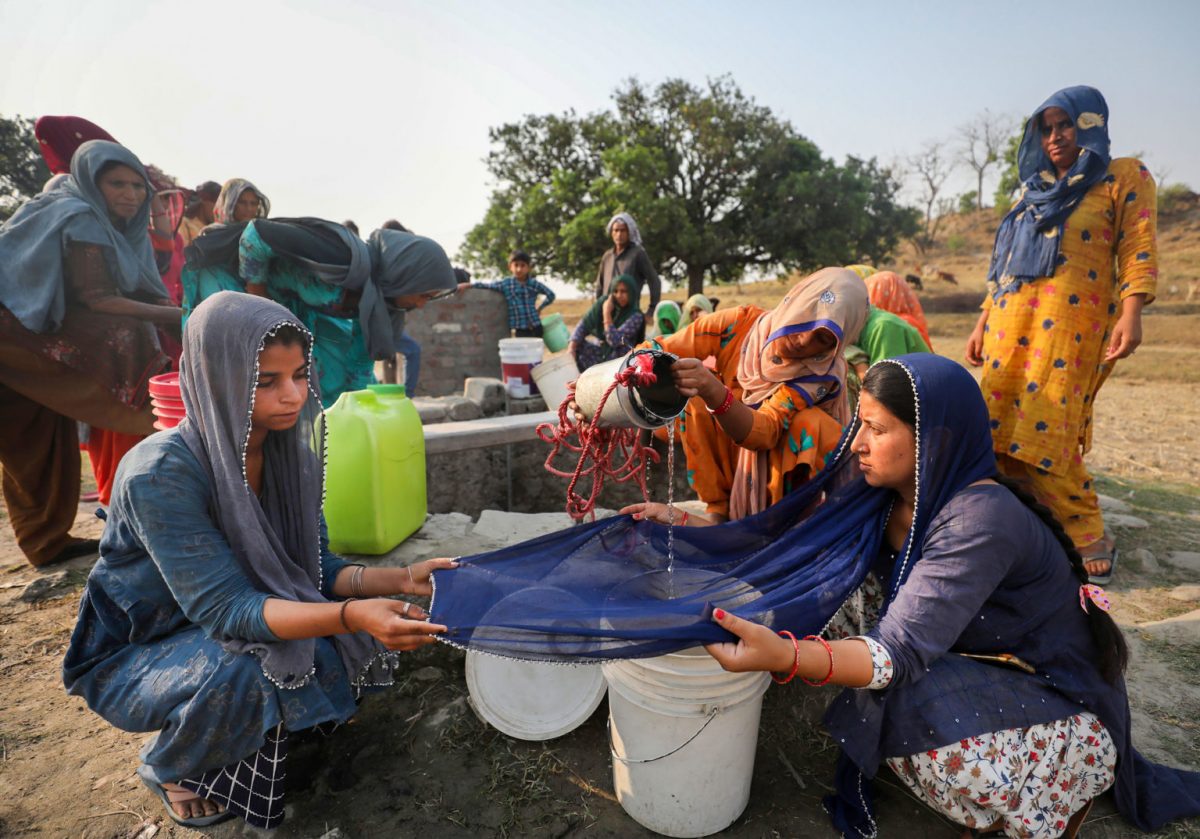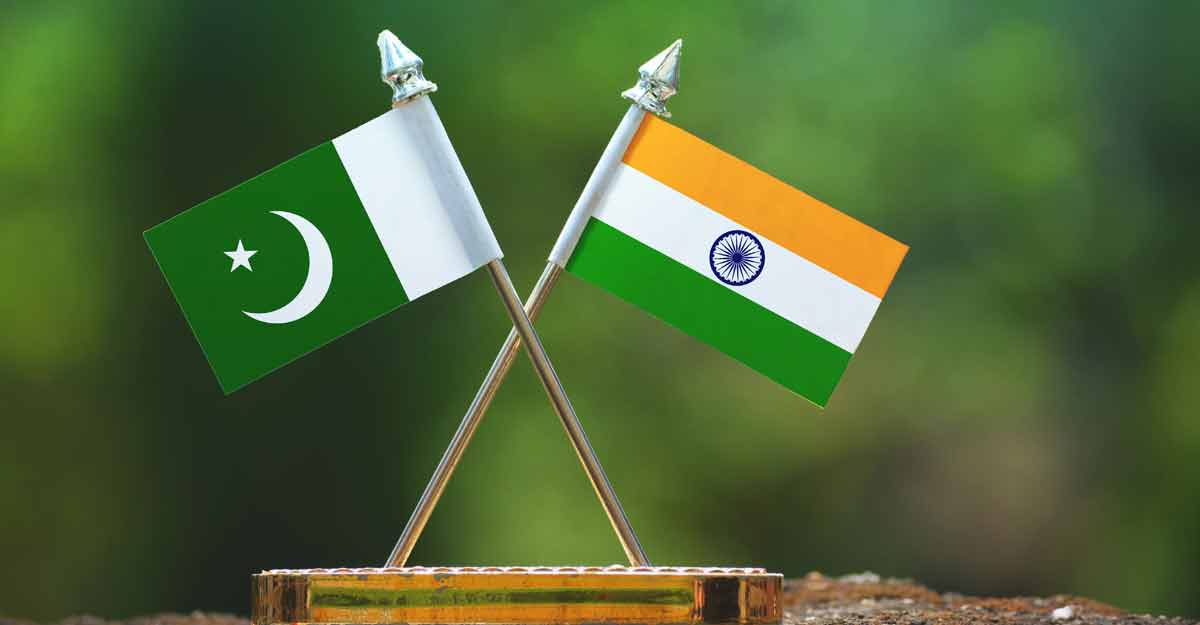
New Delhi: Every day, the district hospital in Champawat needs at least 67,500 litres of water to function. But as water becomes increasingly scarce across the north Indian state of Uttarakhand, the hospital in the Kumaon Himalaya is routinely left without the quantity of water it needs to safely provide healthcare for the local community.
“In peak summers, our villagers are refused admission as there is no water at the hospitals,” said Bhuwan Singh, the head of Ruiyan, a small Himalayan village in Champawat district. He said that during the peak summer months, three or four people out of Ruiyan’s population of 330 adults are refused entry to hospital. There have been times, he said, when women from the village have given birth on their way home, after a lack of water meant the hospital was unable to admit them.
“Every year [during the summer], it gets really difficult to receive treatment at any of the nearby government health centres or even the district hospital,” he said.
Every major surgery at the hospital, including delivering a baby, requires at least 200-300 litres of water. Most of the year, the hospital has a continuous supply. But during the summer, the pipes run dry and it becomes dangerous to carry out important medical procedures.
Water is essential for the safe provision of medical care. It is needed for hand-washing, sterilising wards and surgical tools, cleaning equipment and laundry. If healthcare centres cannot carry out such basic hygiene tasks, there is a risk to patient safety, with child and maternal health particularly at risk.
Harsh Singh Airy, chief medical officer at the district hospital in Champawat, confirmed to The Third Pole that water shortages lead to the postponement and cancellation of surgeries.
This year, like every year, Bhuwan Singh of Ruiyan village hopes for better rains. Singh is responsible for monitoring levels at the local water body and informing authorities when additional water needs to be brought in via tanks. With temperatures already soaring by March in Uttarakhand, Singh is getting nervous. As of April 14, Ruiyan had not received piped water for two weeks.
In summer, when the mains water supply stops, women from the village collect water for the household from the local pond, while people across rural Uttarakhand walk to fetch water from springs if their local water source dries up. But hospitals depend on water tanks from the state water body during the summer.
Airy is worried that this year, an early heatwave will lead to a difficult season. He told The Third Pole he expected the hospital would have to rely on the district water department for a steady water supply by the third week of April. “We have dedicated administration staff who will continue to chase water department officials and ensure that the supply is uninterrupted. But then the water department can do only as much, most of the natural springs are drying,” he added.
More than 300,000 people in Champawat district rely on the hospital; its average daily footfall is 250-300 people.
Airy has already discussed how to handle the situation this year with the district magistrate. He expects to draw on a new water source in the Koirala valley, about 30 km from the district hospital. Trial use was due to start from 20 April (although engineers were unable to confirm with The Third Pole whether the project would start on time). It will not pipe water directly to the hospital, but represents another source of water for the driest months.
Parmanand Punetha, an engineer at the Uttarakhand water department, said: “Water reservoirs are drying each year, and it gets very difficult to maintain a continuous supply to the three major hospitals in Champawat, Lohaghat and Paati on a regular basis. While we do our best, some things are not in our control; sometimes there are major delays caused by landslides or construction and the water fails to reach the hospitals.”
Every day, a tanker carrying 3,500 litres of water travels between the three hospitals, refilling with water after each stop. From the week beginning 18 April, Punetha will be monitoring the situation closely, ensuring that no one in his department takes leave for the next three months until the rain starts in July. The Wire


